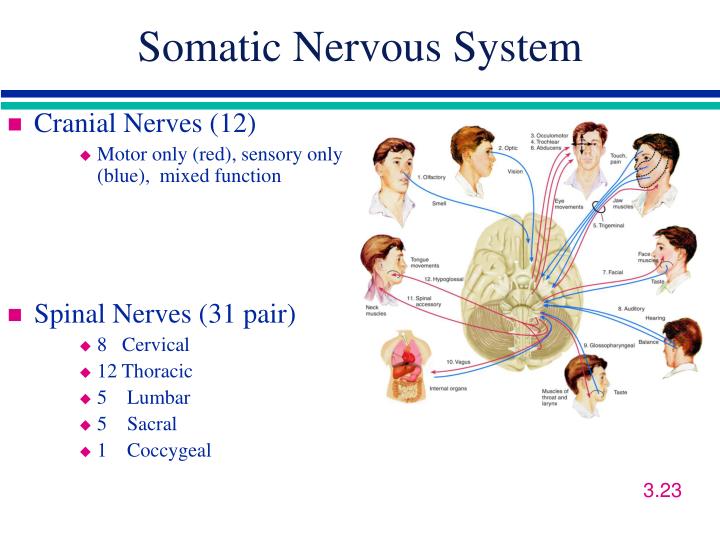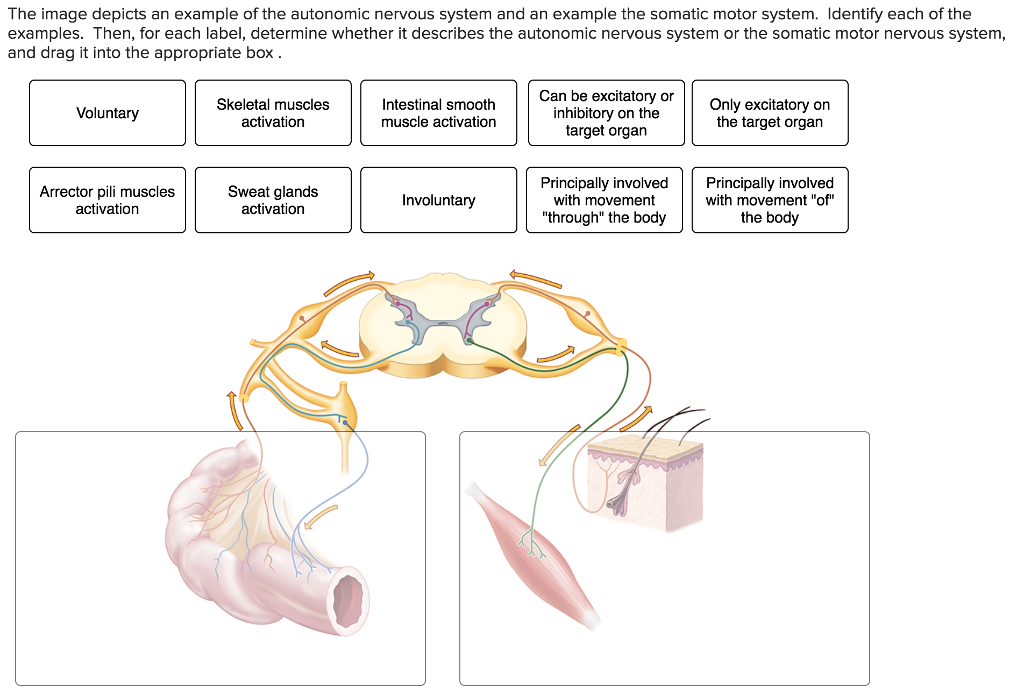

Postsynaptic sympathetic neurons generally produce norepinephrine (NE) as their effector transmitter to act upon target tissues, while postsynaptic parasympathetic neurons use ACh throughout. Presynaptic neurons of both the SNS and PNS utilize acetylcholine (ACh) as their neurotransmitter. The ENS is composed of reflex pathways that control the digestive functions of muscle contraction/relaxation, secretion/absorption, and blood flow. The PNS innervates only the head, viscera, and external genitalia, notably vacant in much of the musculoskeletal system and skin, making it significantly smaller than the SNS. The PNS promotes the “rest and digest” processes heart rate and blood pressure lower, gastrointestinal peristalsis/digestion restarts, etc. The SNS innervates nearly every living tissue in the body. In this process, blood pressure and heart rate increase, glycogenolysis ensues, gastrointestinal peristalsis ceases, etc. Īctivation of the SNS leads to a state of overall elevated activity and attention: the “fight or flight” response. It contains over 100 million neurons of over 15 morphologies, greater than the sum of all other peripheral ganglia, and is chiefly responsible for the regulation of digestive processes. The enteric nervous system (ENS) is an extensive, web-like structure that is capable of function independently of the remainder of the nervous system. Generally, the SNS and PNS motor pathways consist of a two-neuron series: a preganglionic neuron with a cell body in the CNS and a postganglionic neuron with a cell body in the periphery that innervates target tissues. The sympathetic nervous system (SNS) and the parasympathetic nervous system (PNS) contain both afferent and efferent fibers that provide sensory input and motor output, respectively, to the central nervous system (CNS).

It contains three anatomically distinct divisions: sympathetic, parasympathetic, and enteric. The autonomic nervous system is a component of the peripheral nervous system that regulates involuntary physiologic processes including heart rate, blood pressure, respiration, digestion, and sexual arousal.


 0 kommentar(er)
0 kommentar(er)
